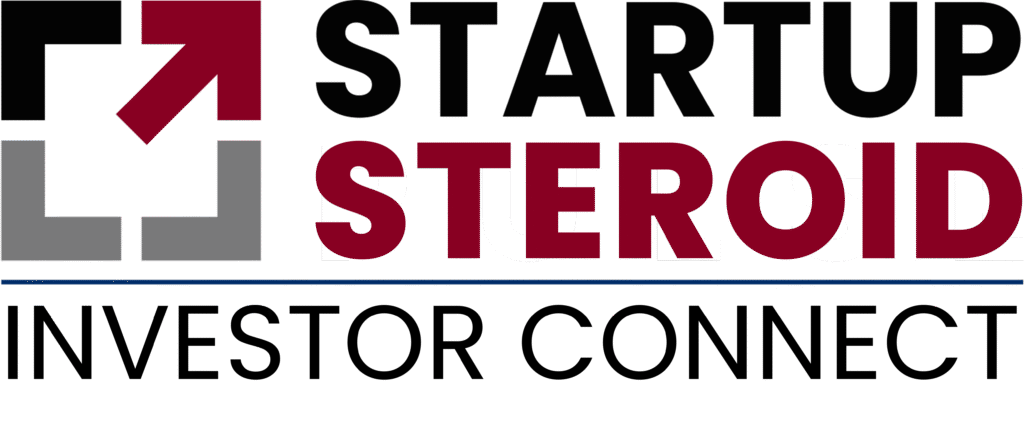Sourcing funds to expand your startup is a significant milestone. Having built traction and piqued investor attention, you now have a term sheet. Although this is an exhilarating achievement, the following process can be complicated—particularly if you’re not familiar with what a term sheet actually entails. A term sheet might not be binding under the law, but it sets the stage for the investment transaction—and establishes the tone for your relationship with the investor down the road.
Understanding how to read and comprehend a term sheet is critical for every founder. It can be the difference between a deal that enhances your long-term vision and one that quietly eats away at your control, equity, or company culture.
What Is a Term Sheet?
A term sheet is a document that summarizes the key terms of an investment. It’s a précis of the deal the investor is offering, including everything from how much they’ll invest to how much control they want in return. Although it’s not a contract yet, it’s what both sides are generally going to be in agreement on when they sign off on the final legal papers.
Founders often treat a term sheet as a sign that the hard part is over. Care should be taken, however. The future of your startup will be decided through each clause you sign.
Understanding Valuation and Ownership
The first thing you’ll notice in a term sheet is the valuation. It can come in the form of a pre-money or a post-money valuation. The pre-money valuation represents how much your company is worth before the investor puts in their money. The post-money valuation includes the new investment in that sum.
Suppose your startup is worth $4 million without any new investment, and an investor invests $1 million. Your company is now worth $5 million, and the investor now owns a 20% stake. When you’re raising capital to fuel startup growth, keep in mind how much of your company you are selling and whether that equity is in line with your own long-term vision.
Equity, Notes, and SAFEs
The term sheet will also include the type of financial instrument the investor is using. This could be common equity, preferred equity, convertible notes, or a SAFE (Simple Agreement for Future Equity). These structures determine how and when investors get paid and how they’ll participate in future decisions.
Equity gives them an immediate ownership stake. Convertible notes are debt that convert into equity down the road, typically in the next round of financing. SAFEs do the same, minus some of the nuances of a loan. Both have advantages and disadvantages, and it usually depends on the stage and requirements of your startup.
Liquidation Preference and Payouts
Another primary clause is liquidation preference. This determines who receives payment first if your company is acquired or shut down. A common choice is 1x, which means the investor gets their initial money back before anyone else receives a payout.
However, some investors ask for participating preferred shares. This allows them to reclaim their investment and still get a portion of the remaining proceeds. Though this may be reasonable in their mind, it can significantly cut down on what is left for employees and founders. It’s important to understand this provision when raising capital for startup business if you intend on having a long-term exit.
Board Seats and Control
Term sheets often propose changes to the board structure. Investors may request a board seat or voting rights, especially if they are leading the round. This isn’t unusual, but it’s essential to consider how it impacts your ability to make informed decisions.
If your board becomes overly investor-focused, you may lose control over key aspects of the business. Always think ahead—who will have the final say if things get tough? Retaining a balance between founder leadership and investor input is key.
Vesting and Founder Commitment
Investors want to know that founders are committed to their ventures. That’s why term sheets often include vesting schedules—even for shares you already own. A typical schedule might span four years with a one-year cliff, meaning you’ll need to stay on for at least a year to earn the first chunk of your shares.
This is intended to keep you aligned with the company’s success, but it’s essential that you fully understand it. If you’ve already invested years of sweat equity, re-vesting might feel frustrating. Still, it’s a standard term in many deals and one you should be prepared to negotiate, if needed.
Negotiating the Terms
Just because a term sheet is offered doesn’t mean it’s final. You have every right to ask questions and suggest changes. Most investors anticipate a little give-and-take at this point. Nevertheless, it’s worth meeting the discussion with a full grasp of the terms and a level head—instead of responding in frustration or fear.
When raising capital for startup development, having a lawyer who understands venture funding is a must. A good lawyer can identify bad clauses and steer the discussion towards more equitable terms—without derailing the excitement of the deal. The aim isn’t to control the negotiation but to achieve a deal that benefits your startup’s forward momentum and your long-term vision.
Conclusion
Term sheets may look like a few pages of legal language, but they carry a lot of weight. From valuation to voting rights, every clause determines the fate of your startup. Knowing the details is as crucial as sealing the deal.
If you’re serious about raising capital for startup success, take the time to study these documents carefully. Don’t be afraid to request help when you need it, and don’t be afraid to push back against terms that won’t work for your business. Fundraising isn’t about raising the money—it’s about building a foundation for what’s next.





